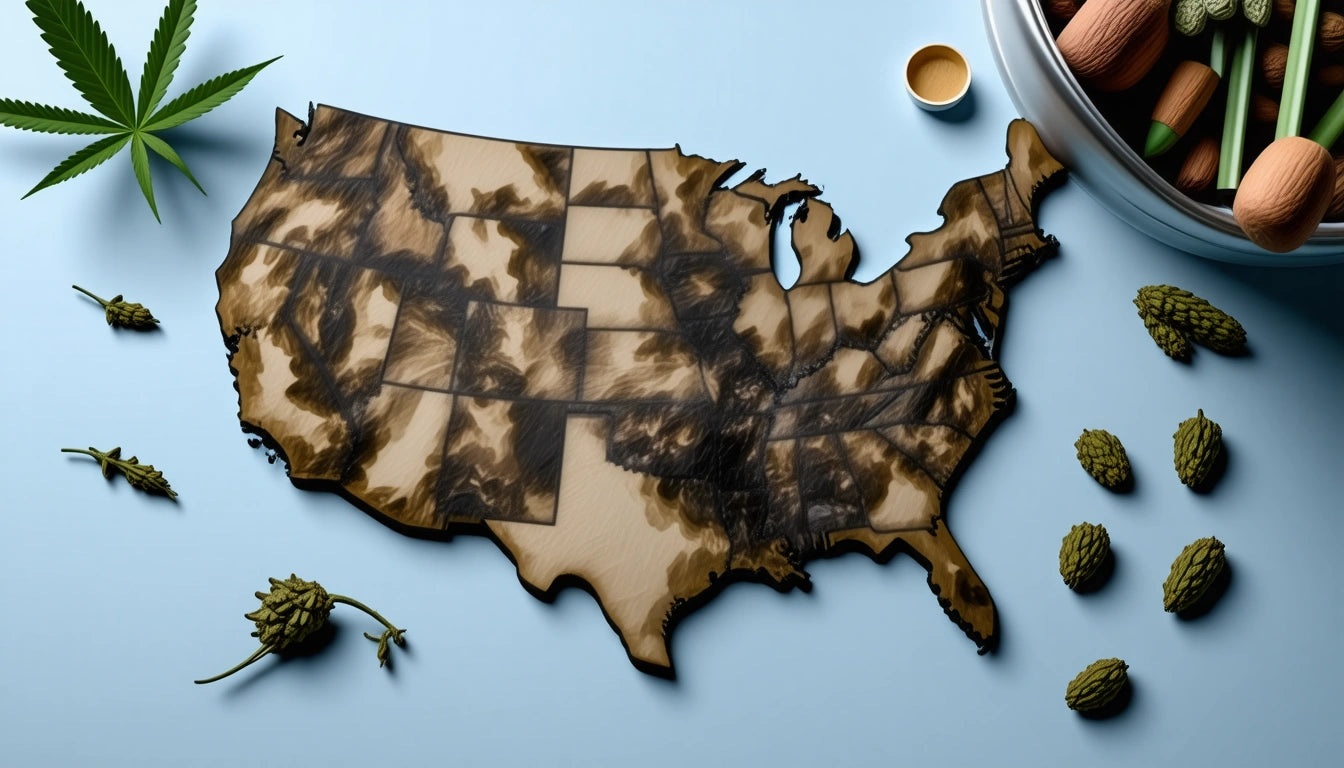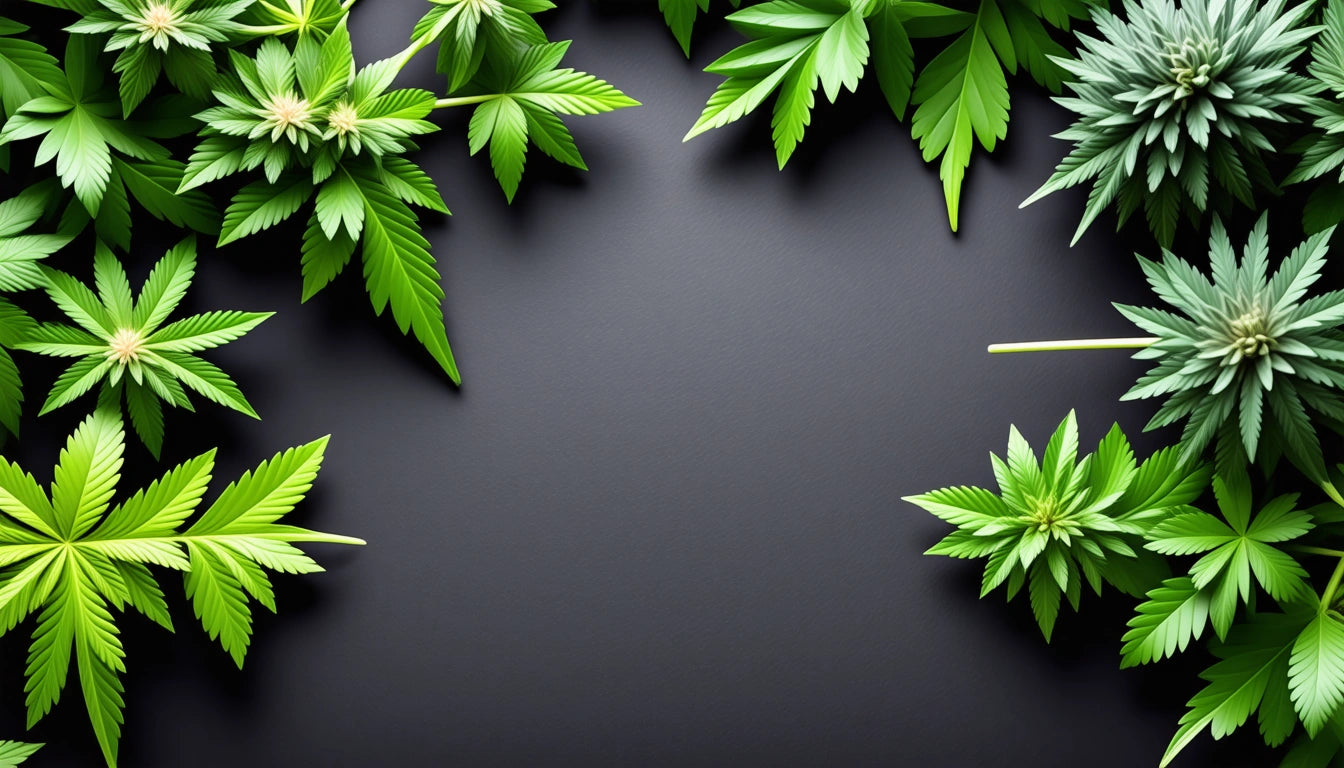Table of Contents
- Colorado and Washington: The First States to Legalize Recreational Cannabis
- California: Pioneer of Medical Marijuana Legalization
- Alaska's Early Decriminalization: Setting the Stage
- The Legalization Wave: States That Followed
- Regulatory Frameworks and Safety Measures
- The Impact of First-State Legalization on National Policy
The First U.S. State to Legalize Marijuana
The journey toward cannabis legalization in the United States has been a complex evolution of policy reform, public opinion shifts, and legislative milestones. Understanding what state was the first to legalize weed requires distinguishing between medical and recreational use, as well as examining the various levels of decriminalization that preceded full legalization.
Colorado and Washington: The First States to Legalize Recreational Cannabis
On November 6, 2012, Colorado and Washington made history by becoming the first states to legalize recreational marijuana for adult use. Both states passed ballot initiatives on the same day, marking a watershed moment in U.S. cannabis policy. Colorado's Amendment 64 and Washington's Initiative 502 both legalized the possession of small amounts of cannabis for adults 21 and older, while also establishing frameworks for regulated production and sales.
Colorado implemented its recreational market first, with legal sales beginning on January 1, 2014. Washington followed with retail sales launching in July 2014. These pioneering states created the blueprints that many subsequent states would adapt for their own legalization frameworks.
California: Pioneer of Medical Marijuana Legalization
While Colorado and Washington were first for recreational use, California was the trailblazer for medical marijuana legalization. In 1996, California voters approved Proposition 215, the Compassionate Use Act, making it the first state to legalize cannabis for medical purposes. This groundbreaking legislation allowed patients and their primary caregivers to possess and cultivate marijuana for medical treatment with a physician's recommendation.
California's early adoption of medical marijuana created a model that other states would follow. As noted in this comprehensive timeline of cannabis legalization, California's move sparked a gradual shift in how Americans viewed cannabis as medicine.
Alaska's Early Decriminalization: Setting the Stage
When discussing what state was first to legalize weed, Alaska deserves special mention for its early progressive stance. In 1975, Alaska effectively decriminalized personal possession through the Alaska Supreme Court case Ravin v. State, which protected personal possession in the home under the state constitution's privacy provisions.
Alaska later approved medical marijuana in 1998 and fully legalized recreational use in 2014 through Ballot Measure 2, with sales beginning in 2016. This progression from decriminalization to full legalization represents the typical path many states have followed.
Highlight: While Colorado and Washington simultaneously became the first states to legalize recreational marijuana in 2012, California led the way with medical legalization in 1996, and Alaska had established important privacy protections for cannabis use as early as 1975.
The Legalization Wave: States That Followed
Following Colorado and Washington's landmark decisions, a wave of legalization spread across the country:
- 2014: Alaska and Oregon legalized recreational use
- 2016: California, Maine, Massachusetts, and Nevada joined
- 2018: Michigan and Vermont approved recreational cannabis
- 2019: Illinois became the first state to legalize through legislative action rather than ballot initiative
- 2020-2023: Arizona, Connecticut, Maryland, Missouri, Montana, New Jersey, New Mexico, New York, Rhode Island, and Virginia legalized recreational use
As of 2023, over half of U.S. states have legalized recreational marijuana, with even more permitting medical use. This rapid expansion demonstrates how quickly public opinion and policy have evolved since the first states took action.
Regulatory Frameworks and Safety Measures
A crucial aspect of legalization has been the development of comprehensive regulatory frameworks. These include strict safety protocols, particularly regarding packaging and labeling. The cannabis industry has adapted safety standards similar to those used for pharmaceuticals, including child-resistant packaging requirements to prevent accidental ingestion by minors.
These regulations vary by state but typically include:
- Child-resistant packaging requirements
- Clear labeling of THC content
- Warning labels about potential risks
- Seed-to-sale tracking systems
- Testing requirements for contaminants and potency
- Marketing restrictions to prevent appeal to minors
Colorado and Washington's early regulatory models have been refined over time, with newer states benefiting from their experiences and implementing more sophisticated frameworks from the outset.
The Impact of First-State Legalization on National Policy
The pioneering legalization efforts in Colorado and Washington have had far-reaching effects on national cannabis policy. These states demonstrated that regulated cannabis markets could generate substantial tax revenue while not producing the negative social consequences that opponents had predicted.
The success of these early programs has influenced federal policy discussions, leading to:
- The Cole Memorandum (2013), which deprioritized federal enforcement in states with legal cannabis
- The 2018 Farm Bill, which legalized hemp production
- Ongoing congressional debates about federal legalization or decriminalization
- Banking reform proposals to address financial services challenges for cannabis businesses
As more states join the growing list of those with legal cannabis, pressure continues to mount for federal policy reform to address the inconsistencies between state and federal law.
The question of what state was first to legalize weed has different answers depending on whether one is discussing medical use, recreational use, or early decriminalization efforts. However, the collective impact of these pioneering states has fundamentally transformed how cannabis is regulated, perceived, and integrated into American society.











Leave a comment
All comments are moderated before being published.
This site is protected by hCaptcha and the hCaptcha Privacy Policy and Terms of Service apply.